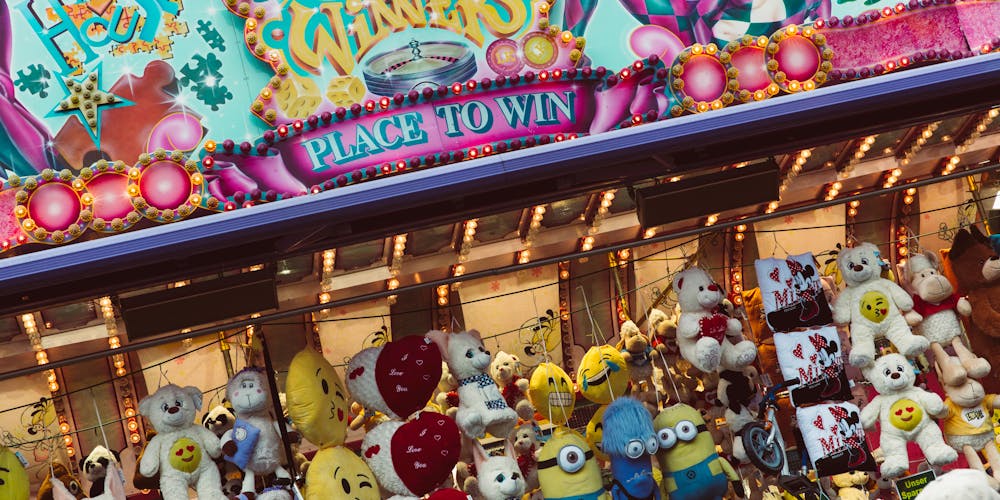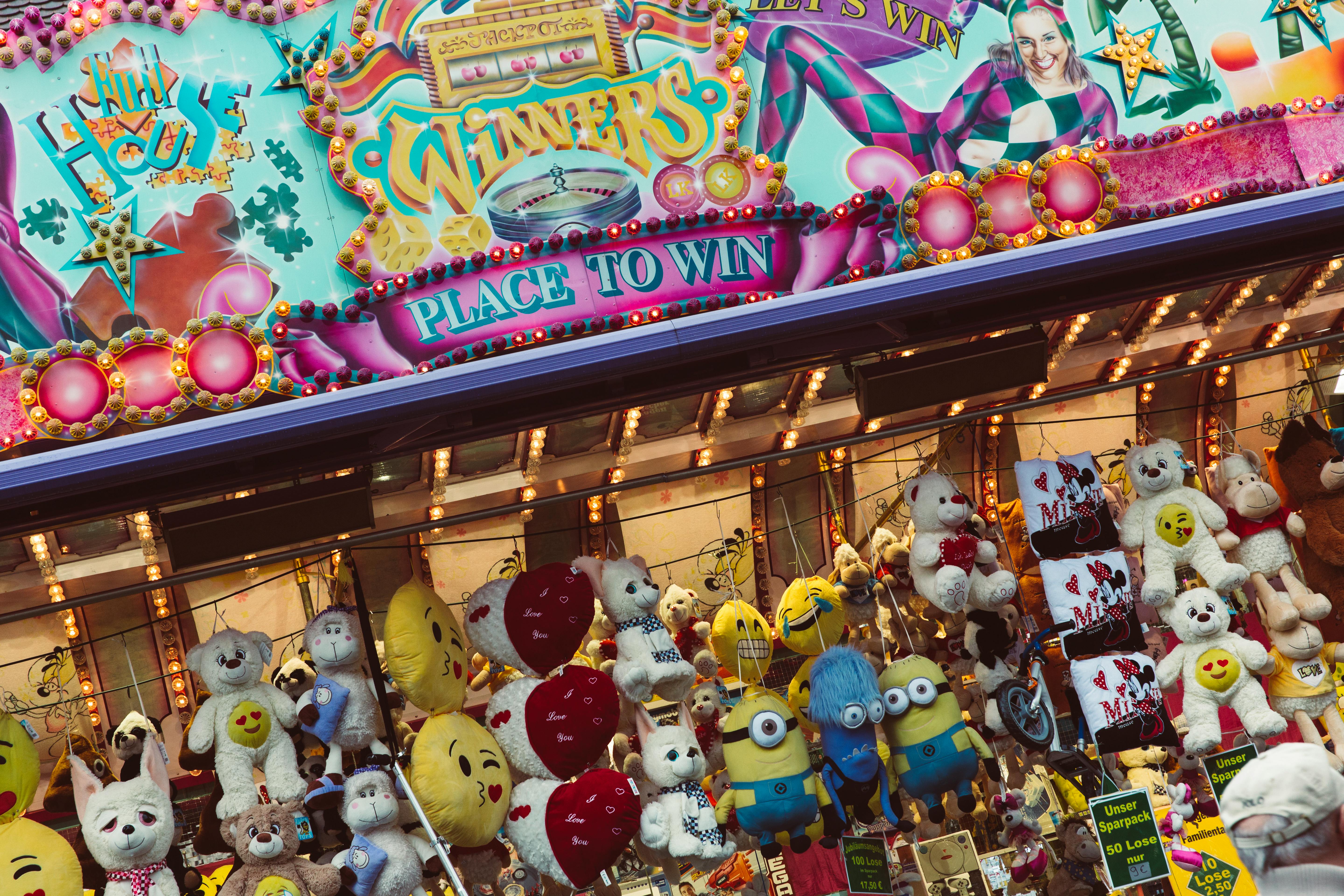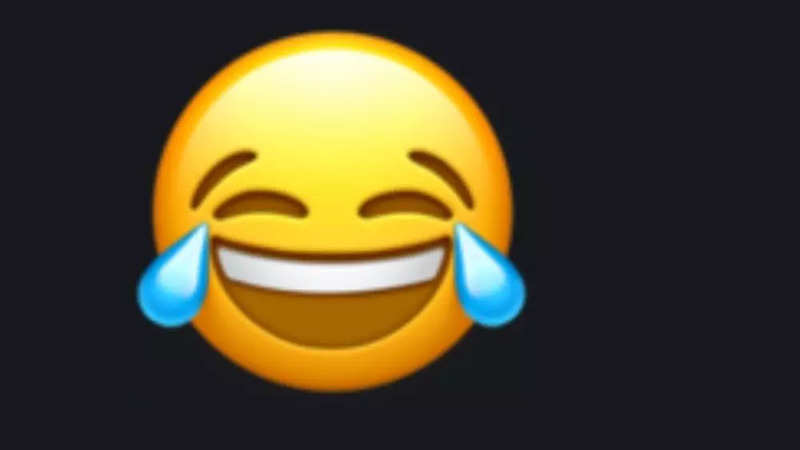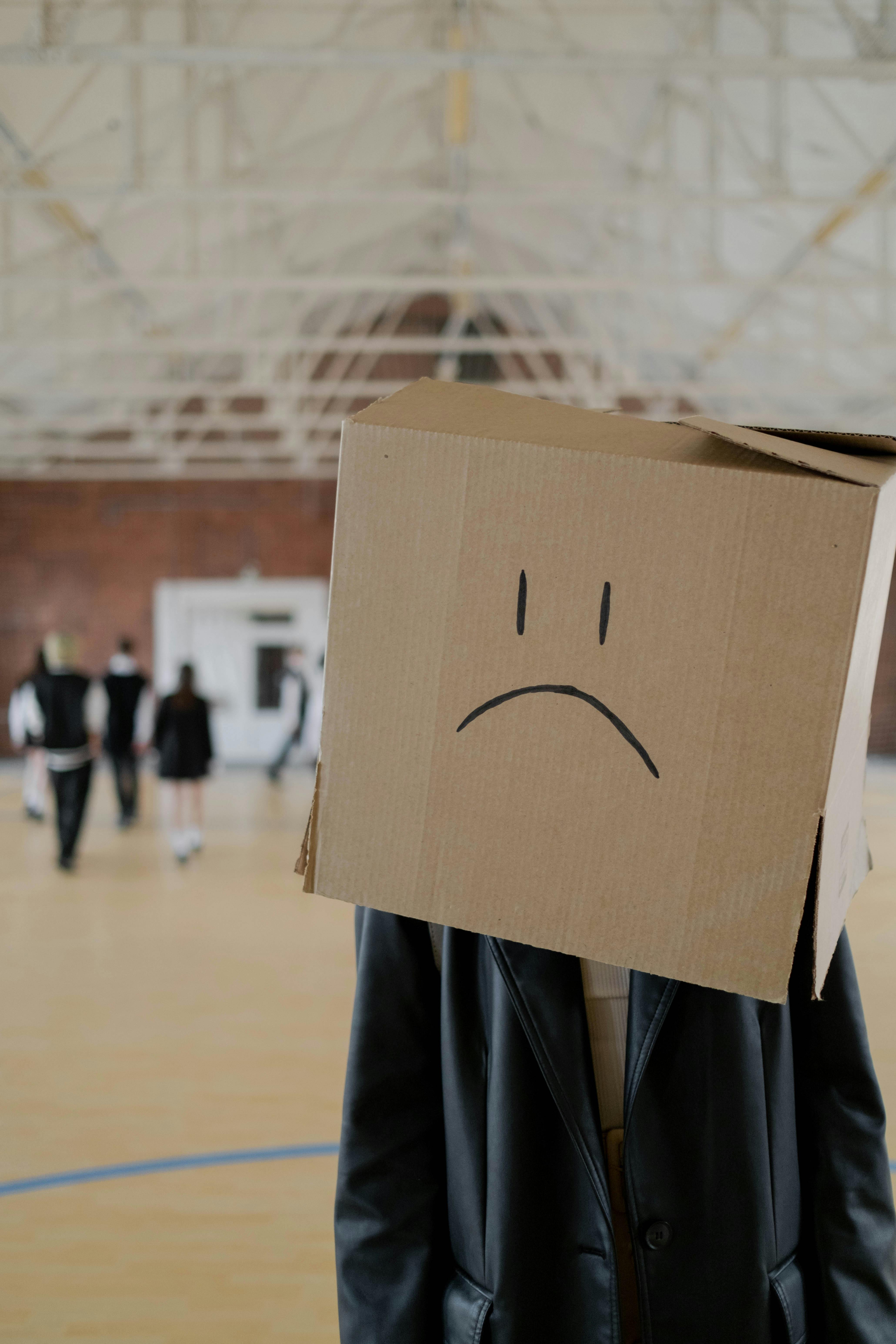In the fast-paced world of digital communication, where words are often not enough to express our emotions and intentions, emojis have emerged as a powerful tool that transcends linguistic and cultural barriers. These small, colorful icons have revolutionized the way we communicate online, adding a new dimension to our digital conversations. From the ubiquitous smiley face 😊 to the heart-eyes 😍 and the flexed bicep 💪, emojis have become an integral part of our digital vocabulary, allowing us to convey complex emotions and ideas in a simple and concise manner. In this article, we will delve into the fascinating world of emojis, their history, and what they mean in today’s digital age.
Evolution of Emojis
The history of emojis can be traced back to the late 1990s when Japanese engineer Shigetaka Kurita created a set of 176 pixel-based characters for NTT Docomo’s i-mode mobile internet platform. These early emojis were primarily designed to convey basic emotions and were limited to black and white. However, their popularity quickly spread, and soon other companies began to develop their own emoji sets, each with a unique style and design.
Emojis Go Global
As the use of smartphones and social media platforms grew, so did the demand for emojis. With the rise of instant messaging apps like WhatsApp and Facebook Messenger, emojis became an essential part of digital communication. However, there was a problem – different platforms had their own set of emojis, causing confusion and misinterpretation among users. For instance, an emoji that looked happy on one platform could look angry on another.
To address this issue, Unicode, the organization responsible for standardizing character sets, approved a standardized set of emojis in 2010. This meant that all devices and platforms would display the same emojis, regardless of their operating system. This standardization paved the way for the widespread adoption of emojis, and they soon became a ubiquitous feature of digital communication.
From 176 to Over 3,000 Emojis
As the use of emojis grew, so did the demand for more diverse and inclusive options. Today, there are over 3,000 emojis available, with new ones being added every year. Unicode’s Consortium regularly reviews and approves new emoji proposals submitted by various companies and organizations. This has led to the inclusion of emojis representing different races, genders, and cultural symbols, making them even more universal.
Understanding Emoji Meanings
Emojis have become an integral part of our digital vocabulary, allowing us to express a wide range of emotions and ideas. However, with thousands of emojis to choose from, it can be challenging to understand their meanings. In this section, we will take a closer look at some of the most popular and commonly used emojis and what they mean.
😂 Face with Tears of Joy
According to the Oxford English Dictionary, the face with tears of joy emoji was the “Word of the Year” in 2015. It is often used to express uncontrollable laughter or a sense of relief. It can also be used sarcastically to convey that something is not as funny as expected.
❤️ Red Heart
The red heart emoji is the symbol of love, affection, and friendship. It is often used to express love or to show appreciation for someone or something. It can also represent passion and desire.
🎉 Party Popper
The party popper emoji is used to represent celebrations and excitement. It is often used to convey happiness and joy, such as in birthday wishes or when sharing good news.
💩 Pile of Poo
This emoji may seem strange, but it is one of the most commonly used emojis. It is often used as a playful way to express disgust or as a humorous way to convey something is not great.
🌎 Globe Showing Americas
The globe showing Americas emoji is used to represent the earth, the environment, and global issues. It can also be used to indicate travel or a global perspective.
🤔 Thinking Face
The thinking face emoji is often used to represent contemplation, confusion, or uncertainty. It can also be used to express deep thought or consideration of options.
Emoji Trends and Popularity
Emojis are not just a passing trend; they have become an integral part of our digital communication. In this section, we will explore some of the latest emoji trends and their popularity among different demographics.
The Rise of Animojis and Bitmojis
Animojis and bitmojis have taken the world by storm in recent years. Animojis, introduced by Apple in 2017, allow users to create personalized animated emojis that mimic their facial expressions and movements. Bitmojis, on the other hand, are customizable avatars created by Snap Inc. that can be used in various messaging apps. Both these types of emojis have gained immense popularity, especially among younger generations, as they allow for more personalized and creative expression.
Emojis in Marketing and Branding
Emojis are not limited to personal communication; they have also become a powerful marketing tool for brands. Many companies have started using emojis in their advertisements and social media campaigns to connect with their target audience emotionally. According to a report by Emojipedia, brands using emojis in their Twitter posts receive 25.4% more engagement than those who do not use them.
Most Popular Emojis by Country
While emojis have a universal appeal, their popularity differs from country to country. A study by Adobe found that the most popular emoji worldwide is 😂 face with tears of joy, followed by ❤️ red heart and 😍 smiling face with heart-eyes. However, there are some interesting variations when breaking down the most popular emojis by country. For instance, 🍆 eggplant is the most used emoji in France, while 🤮 face vomiting tops the list in Brazil.
The Controversies Surrounding Emojis
As with anything that gains widespread popularity, emojis have also faced their fair share of controversies. In this section, we will take a look at some of the most controversial emojis and the debates surrounding them.
Skin Tone Options
The introduction of skin tone options for emojis was meant to promote diversity and inclusivity. However, this move was met with criticism as some felt it was unnecessary and could lead to further segregation. Others argued that the limited options (only six skin tones) still did not represent all races and ethnicities.
Gender Neutrality
Another issue that has been raised is the lack of gender-neutral options for certain emojis. For example, the 🙎♂️ man gesturing no and 🙎♀️ woman gesturing no emojis only come in male and female versions, leaving out those who identify as non-binary or transgender.
Cultural Insensitivity
Emojis have also been criticized for cultural insensitivity, particularly when it comes to representing different countries and races. For instance, the 🇯🇵 Japanese flag emoji was initially designed with a rising sun symbol, which is seen by many as a reminder of Japan’s imperialist past. After receiving backlash, Unicode changed the design to a simple red and white flag.
How Emojis Impact Communication
While emojis may seem like a lighthearted addition to digital communication, they have a significant impact on how we communicate with each other. In this section, we will explore the various ways in which emojis affect our conversations.
Adding Tone and Emotion
One of the main reasons emojis have become so popular is because they can convey emotions and tone that words alone cannot. For example, a simple “thank you” can come across as insincere or sarcastic without the addition of a grateful 🙏 emoji.
Shortening and Simplifying Messages
In today’s fast-paced world, we are always looking for ways to save time and communicate quickly. Emojis allow us to convey complex emotions and ideas in a simple and concise manner, reducing the need for lengthy explanations.
Bridging Language and Cultural Barriers
As emojis are universal, they have become a powerful tool for bridging language and cultural barriers. They allow people who do not speak the same language to understand each other better, promoting inclusivity and understanding.
The Future of Emojis
With the ever-increasing use of emojis in digital communication, it is safe to say that they are here to stay. In fact, according to research by Adobe, 81% of people use emojis daily, and 56% use them several times a day. As technology advances, we can expect to see even more diverse and advanced emoji features, such as augmented reality emojis and even the ability to create our own personalized emojis.
Conclusion
From their humble beginnings in Japan to becoming a universal language of the digital age, emojis have come a long way. These small but mighty icons have revolutionized the way we communicate online, adding a new dimension to our digital conversations. With their ability to convey emotions and ideas quickly and effectively, emojis have become an integral part of our digital vocabulary. As technology continues to evolve, so will emojis, and we can look forward to even more diversity and creativity in this universal language of the digital age.




